Non-freezing liquid for the heating system: we protect the
When planning the optimization of our heating systems, we often try to introduce various technical innovations. And one of such improvements can be non-freezing liquid for heating systems - a special composition that is poured into pipes instead of water and serves as a coolant.
However, the use of such tools requires a very serious analysis, because before purchasing a container with antifreeze, carefully read the arguments below.
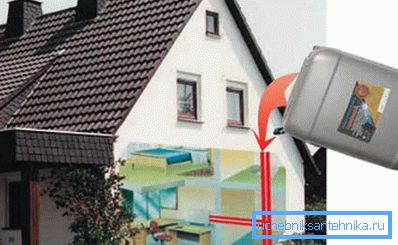
Water and antifreeze: pros and cons
The debate about what is best - ordinary water or non-freezing liquids for water heating systems - lasts about as long as the antifreeze itself is used. And even though there is no consensus on this score even among recognized experts, the list of arguments is rather detailed.
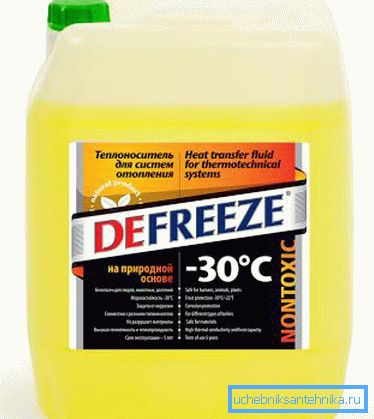
To make it easier for you to familiarize yourself with them, we have presented them in the form of a table:
| Benefits | disadvantages | |
| Water |
|
|
| Non-freezing liquid |
|
|
Note! The average service life of a single antifreeze pouring is from 5 to 10 heating seasons. After that, the coolant must be drained and disposed of, and the system - rinse with plenty of water.

As can be seen from the table, non-freezing liquids for heating systems have both advantages and disadvantages. And if you nevertheless decided to use such means, then we recommend that you carefully study the following sections.
Use of nezamerzak
Tips for choosing
By itself, antifreeze for the heating system has a fairly simple composition.
The traditional formula includes:
- 65% ethylene glycol.
- 31% water.
- 4% of various functional additives.
Note! In order to save some owners of private houses dilute antifreeze with distilled water in a 1: 1 ratio. To use for this purpose, ordinary water is not worth it, because it will increase the amount of scale in the pipes in the first months of use.
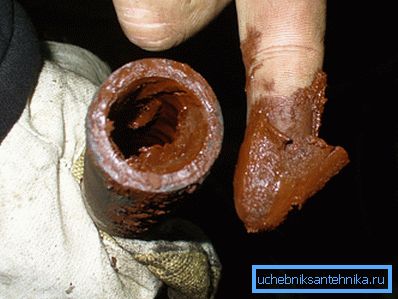
Instructions for choosing recommends focusing on the composition of additives that ensure the effective operation of the fluid and the protection of communications.
In a quality tool must be present:
- Anticorrosion Components, anti-oxidation of metal parts (cast iron, steel, aluminum), as well as slowing down the destruction of rubbers and polymers.
- Salt formation inhibitors, which protect the internal surface of the pipeline from the appearance of large quantities of scale.
- Foam Reduction Supplements.
- Lubricating components, the presence of which has a positive effect on the service life of circulating pumps and valves.
But silicate and nitrate additives, on the contrary, it is better not to use, because they are characterized by high toxicity.
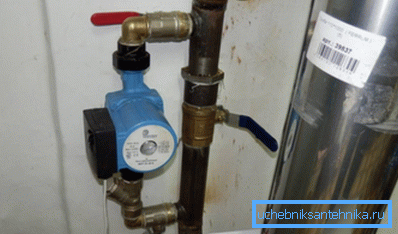
Another point should be noted: very often, in order to save money, the owners of heating systems try to make antifreeze with their own hands, diluting automobile antifreeze with water. This can not be done, because the composition of automotive mixtures are very aggressive components, the use of which in pipelines will lead to very rapid wear. The first to suffer will be threaded connections and solders.
When is it better to give up antifreeze?
And yet, antifreeze for the heating system can not be called a universal solution. In some cases, its use is highly undesirable.
Namely:
- You should not use non-freezing liquids in double-circuit boilers, especially in those that have even the slightest risk of water from the heating circuit in the hot water system. This is due to the toxicity of compositions based on technical propylene glycol.
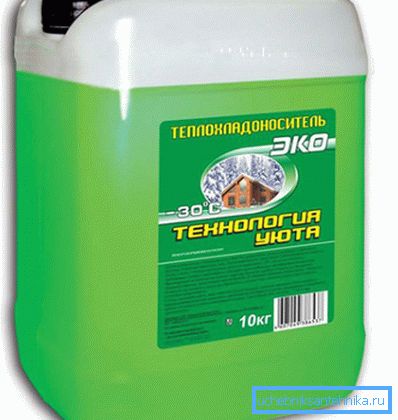
Note! This restriction is to a lesser extent related to food-based propylene glycol based compounds that have recently appeared on the market, which are not toxic to humans.
- Also, do not use antifreeze in open systems, because of the increased likelihood of liquid vapors getting out of the pipeline.
- Galvanized pipes also poorly tolerate contact with additives that provide the performance characteristics of non-freezing compositions, so that their use can lead to a multiple acceleration of corrosion processes.
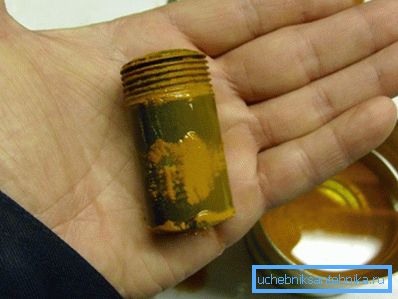
It is very important to remember these limitations, since a violation can lead to very serious consequences.
Conclusion
Non-freezing heating liquid must be used correctly. Only in this case, it will perform its functions without a threat to our health and the functioning of the entire heating system at home. To master the subtleties of the choice and use of heating antifreeze, we recommend that you carefully study the above tips, as well as watch the video.